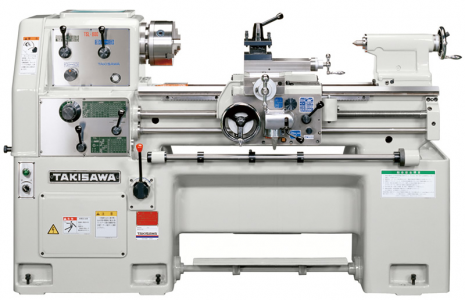- Joined
- Jan 10, 2019
- Messages
- 1,042
I'm very happy with my TSL-800 and have used it a fair bit. The only repair has been replacing the very worn cross slide feed screw and threaded bronze block, and that really improved things. That, however, isn't the problem.
While using the longitudinal feed, twice now, the carriage has "hesitated" briefly, in I think the same spot. I can't quite get my head around how that can be happening, as the threaded feed rod is in very good condition. If the problem is the half-nut assembly, I'd expect the problem to be occurring randomly along the rod's entire length, not in the same spot. So far this hasn't caused me major grief, though it certainly could if it happened while threading something important. I haven't disassembled the carriage gearbox yet because it's a little intimidating, so I can't say what the condition of the half-nut assembly is, but it seems like that's about all it can be. Comments?
While using the longitudinal feed, twice now, the carriage has "hesitated" briefly, in I think the same spot. I can't quite get my head around how that can be happening, as the threaded feed rod is in very good condition. If the problem is the half-nut assembly, I'd expect the problem to be occurring randomly along the rod's entire length, not in the same spot. So far this hasn't caused me major grief, though it certainly could if it happened while threading something important. I haven't disassembled the carriage gearbox yet because it's a little intimidating, so I can't say what the condition of the half-nut assembly is, but it seems like that's about all it can be. Comments?


